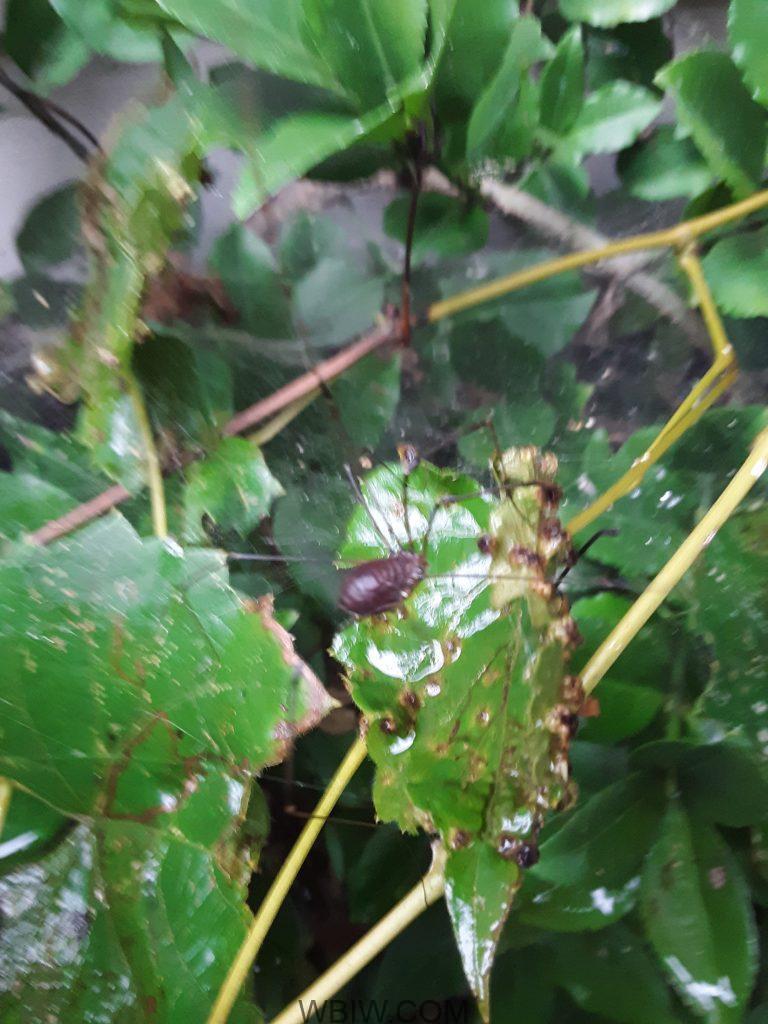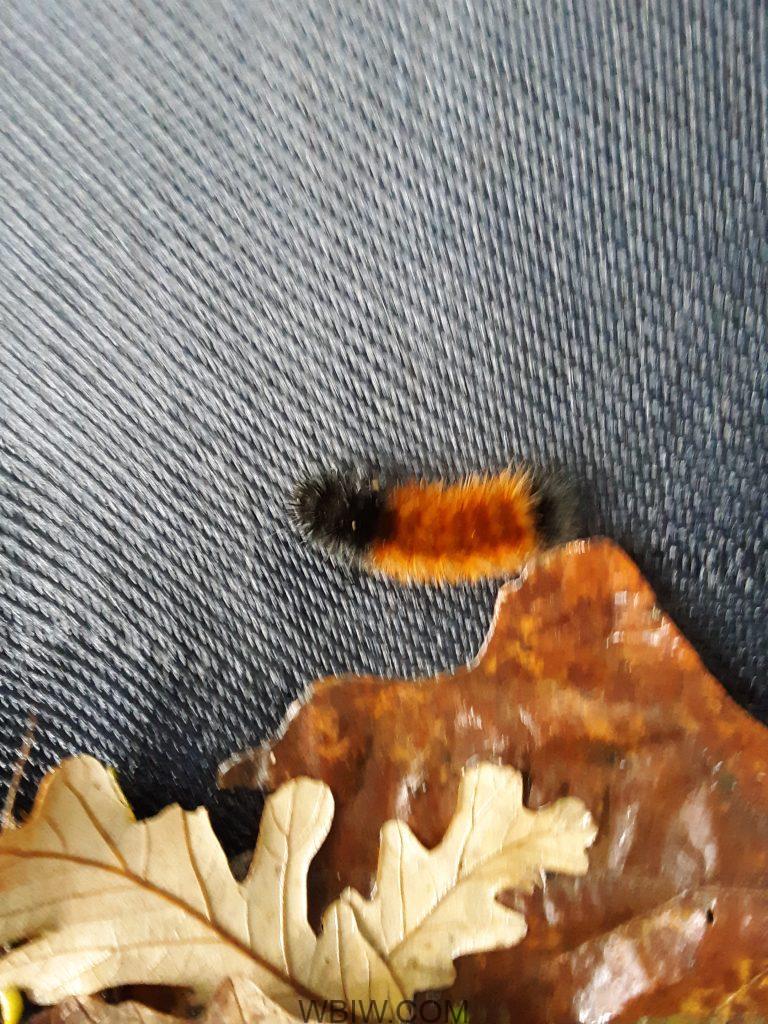
LAWRENCE CO. – It is that time of year when the trees are changing color and old wise tales of all cold-weather predictions start to roll in including cutting open persimmon seeds.
A persimmon is a type of fruit that grows across parts of the United States. It bears a sweet, orange fruit, but it is the seeds of the persimmon that, when cut in half, can predict the weather.

According to the Old Farmers’ Almanac, it is important to use a persimmon that has been grown locally. The fruit must be ripe. Open the fruit and remove a seed.

Look at the shape of the kernel inside:
- If the kernel is spoon-shaped, expect plenty of snow to shovel.
- If it is fork-shaped, plan on a mild winter with powdery, light snow.
- If the kernel is knife-shaped, expect frigid winds that will “cut” like a blade.

Many of us are all too familiar with the well-known weather folklore indicated by insect activity.
You can observe ants, bees, hornets, crickets, and other insects’ activities that can tell us if the weather will be cold, warm, windy, or fair.
- See how high the hornet’s nest, ‘twill tell how high the snow will rest.
- If the ant hills are high in July, the coming winter will be hard.
- When cicadas are heard, dry weather will follow, and frost will come in six weeks.
- If ants their walls do frequently build, rain will from the clouds be spilled.
- When bees to distance wing their flight, days are warm and skies are bright; But when their flight ends near their home, stormy weather is sure to come.
- The early arrival of crickets on the hearth means an early winter.
- The more quickly crickets chirp, the warmer the temperature.
Did you know that you can also observe spiders and their webs closely to gauge weather?

- Spiders spinning larger than usual webs is a sign of a cold winter to come.
- When spiders’ webs in air do fly, the spell will soon be very dry.
- When spiderwebs are wet with dew that soon dries, expect a fine day.
- Spiderwebs floating at autumn sunset; bring a night frost, on this you may bet.
- Spiders move down from their webs before rain.
Certainly, many of you may have heard of the woolly bear caterpillar’s ability to forecast winter weather.

These caterpillars have black and brown bands; according to folklore, more black than brown indicates a harsh, cold winter, while browner than black points to a mild winter.



